With 80 years under its belt, Marvel celebrated its anniversary along with fans by releasing Marvel Comics #1000 on Wednesday, August 28. There’s no doubt that so far, the massive, 80-page issue has been extremely well-received by fans and many critics, but being the contrarian that I am, I couldn’t help but question — despite the immense talent and skill shown by all creators involved — some of the choices made for annual spotlights over the publisher’s 80 years.
While many of the one-page stories highlighting key events in Marvel’s history seemed more than fitting and worthy of celebration, there were definitely some that made me raise an eyebrow. Many of the titles came across as repetitive with characters from the X-Men and Spider-Man clearly getting preferential treatment over equally — if not more — important books. Some of the key characters that have proven invaluable to the company (and fans) in recent years over various forms of media seem to have been left out altogether.
So just in cased there were other fans out there with question marks popping up while reading, too, here is a list of moments in Marvel history that — with all respect to the good happening alongside them — could have made the celebration of 80 years just a little bit better.
1940
Good: The Three X’s appear in Mystic Comics #1.
Better: Stan Lee gets his first co-creator credit on a comic book with Mystic Comics #6
The rational part of me understands that Marvel must have made their choice based on the fact that The Three X’s were a major plot point in the spine of Al Ewing’s story running throughout Marvel Comics #1000. However, with the importance of Stan Lee’s name to the publisher (and how much they’ve grabbed at an opportunity to continue profiting off of his name after his passing), you’d think that his very first comic credit in co-creating Destroyer with Jack Binder would be one for the anniversary record.
 1941
1941
Good: The Thunderer is created in Daring Mystery Comics #7
Better: Captain America #1 is released, marking the first appearance of Captain America.
There’s no doubt in my mind of the importance of the Thunderer on Marvel’s history. I am — without question — in favor of any comic book character who spent his years during WWII in tights punching out Nazis. But when you’re debuting alongside Captain America — one of the most internationally recognized symbols of Marvel’s name now — the fight for who gets top billing should be bar none.
1972
Good: Tomb of Dracula is launched
Better: Luke Cage, Hero for Hire #1 is released.
I love me a horror comic and Tomb of Dracula is clearly a good marker for Marvel dipping their toes into the genre that had previously been dominated by Eerie, Skywald, and Warren Publishing. But that seems to pale in comparison to the release of the first person of color leading their own Marvel superhero title who, as we know now, would become a pop culture beacon for minority groups during an era where it was certainly needed, and later one of their most popular TV series.
1973
Good: Gwen Stacy breathes her last in Amazing Spider-Man #121
Better: The launch of Avengers/Defenders War
We all love Gwen Stacy. She has always been a staple in the grand scheme of Spider-Man lore; but while her death is what makes Amazing Spider-Man #121 a key issue for collectors, as far as the history books go, it seems more appropriate to note the first inter-title crossover of Marvel superheroes to ever take place. (Sorry, Gwen. R.I.P.)
1978
Good: James MacDonald Hudson debuts as Weapon Alpha in Uncanny X-Men #109
Better: Power Man and Iron Fist #50 is released.
Yeah, okay, so it’s the first appearance of someone who would later be in Alpha Flight. But to be honest, Alpha Flight gets its own billing in Marvel Comics #1000 so… Why Weapon Alpha, specifically? (Unless this is a great jab at John Byrne for switching his name approximately 70 times out of spite when taking over the Alpha Flight title later.) On the other side of the coin, this issue of Power Man and Iron Fist marks the first legitimate team-up between Luke and Danny — a duo that still holds weight in pop culture through more than one medium, even now.
 1979
1979
Good: Night Raven is introduced by Marvel UK in Hulk Comic #1
Better: Frank Miller begins his run on Daredevil
This one…baffled me. Unless including this title was an attempt to slip-in a character who would later be written by Alan Moore, this particular title holds no actual weight other than to seem very transatlantic. Meanwhile, for anyone who has ever had an attachment to Daredevil as a character, this was also the year that famed creator Frank Miller began pencilling the main Daredevil title. He picked up the reins of writing, as well, from an ongoing story by Roger McKenzie almost 10 issues later, and even introduced the first full appearance of Elektra.
 1982
1982
Good: Hercules headlines his own limited series
Better: The release of The Death of Captain Marvel
Hercules is a character that has been beloved by many Marvel readers and is known for being a part of Champions… But headlining his own limited series is arguably not a record for the books, especially because Contest of Champions (entirely unrelated to Champions) was the first limited series by Marvel that same year. 1982 had plenty else to offer, though, with the release of The Death of Captain Marvel by Jim Starlin, which marked the publisher’s very first graphic novel, about Mar-vell succumbing to cancer.
 1983
1983
Good: Storm dramatically changes her look in Uncanny X-Men #172
Better: Walt Simonson begins his run of Thor with Mighty Thor #337
Perhaps I am a traitor to nerds everywhere who have a deep love of Storm, but as much as I love a good costume change, it feels like a let down of history when it took place during the same time as Walt Simonson beginning his famous run of Thor.
 1984
1984
Good: Spider-Man gets his new black costume in Amazing Spider-Man #252
Better: Marvel Super Heroes Secret Wars was released.
This one had me torn! Was Spidey wearing his symbiote suit a massive development for readers at the time? Here, yes. However, if they’re going to credit him only wearing the suit, why not bring up the big story of the suit’s origin and how Peter got it chronologically with the bigger title of Secret Wars going on that same year?
 1986
1986
Good: Howard the Duck movie is released
Better: The New Universe Launches
Admittedly, both of these endeavors were entire failures on Marvel’s part. But if you’re going to boast about failing in Marvel Comics #1000, at least boast about the niche but beloved titles like Nightmask, Star Brand, and Psi-Force, rather than a poorly made film about a raunchy, talking duck.
 1987
1987
Good: Spider-Man vs Wolverine #1 is published
Better: John Walker becomes Captain America in Captain America #333
(I know they’re the bread and butter characters but wow, this issue has a lot of Spider-Man and X-Men credits. Yeesh.)
Look, Spider-Man and Wolverine makes for a good fight. Spider-Man vs Wolverine #1 was not a bad issue. But historical? Not quite. It’s not even the first time they’ve fought! (All the more reason why crediting Secret Wars is so important!) This choice is especially baffling for Marvel Comics #1000 when, during that same year, John Walker dropped the mantle of Super Patriot and took up being Captain America when Steve Rogers quit in protest of the government. New Captain America? Objectively way more interesting.
 1992
1992
Good: Erik Larson becomes the regular writer/artist on Spider-Man
Better: Northstar comes out at gay in Alpha Flight #106
As much as Erik Larson’s work is respectable…his solo-done Spider-Man series was only six issues. However, that same year showed the super-speedy Northstar from the Alpha Flight team coming out of the closet and clearly stating “I am gay” in the issue, marking the first openly gay superhero created by Marvel Comics.
C’mon. That’s a pretty big deal.
 1993
1993
Good: Wolverine and The Punisher Damaging Evidence is published.
Better: Daredevil: The Man Without Fear is launched
Oh! Just what we needed! More Wolverine! Just kidding. (Sort of.) While there are tons of folks who are mad for a Wolverine/Punisher team up, it feels more like another grab at fitting as many Wolverine titles into the issue as possible. On the flip side, 1993 was also the year that Frank Miller once again returned to Daredevil with Daredevil: The Man Without Fear, signaling the retelling of Matt Murdock’s origin in one of the most popular runs of the character’s history.
 1994
1994
Good: The infamous Clone Saga begins in the Spider-Man titles
Better: Marvels #1 is released
He’s a clone! Wait no, he’s not a clone. He’s a clone! JK, he’s not again.
Arguably one of the most tiring and confusing Spider-Man stories, no wonder Marvel is trying to bolster it by using the word “infamous.” And why go with confusing when you can celebrate the Silver Age through the amazing photojournalism that was Marvels #1 with famed creators Kurt Busiek and Alex Ross telling the origin of the Human Torch!
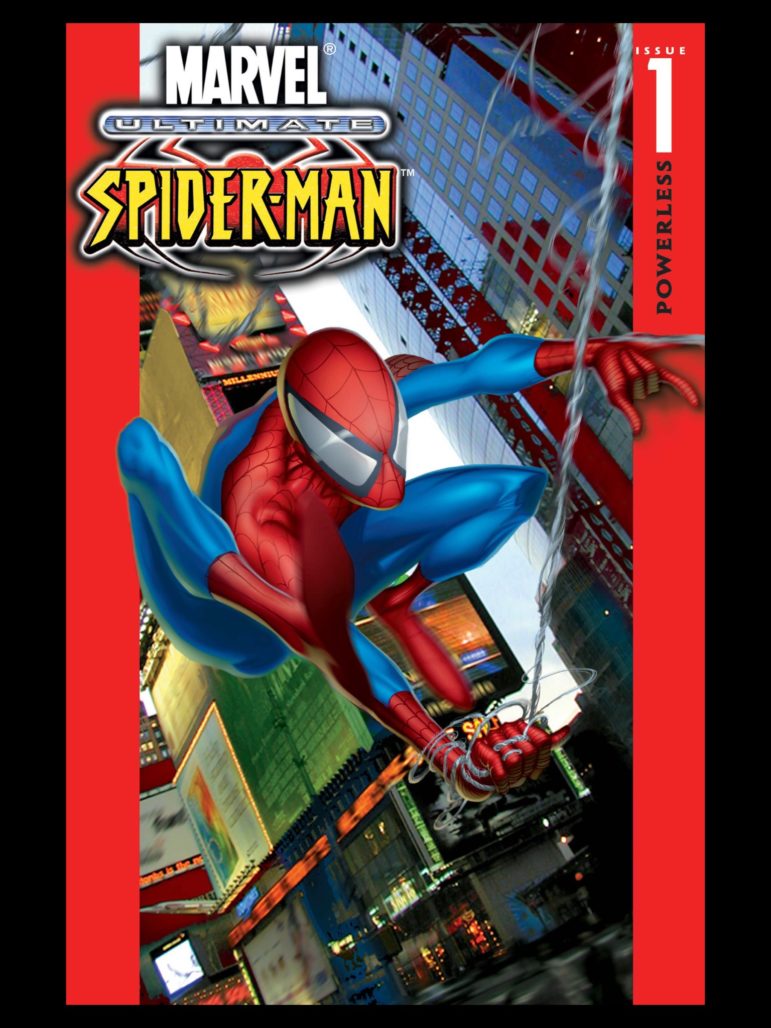
Good: Chris Claremont returns to write the X-Men in X-Men #100
Better: Marvel kicks off the Ultimate imprint
I am certainly not one to hate on Chris Claremont in any way, shape, or form. However, this was not Claremont’s first rodeo with the X-Men. In fact, it was a secondary endeavor that really only lasted for roughly a year. So why the attention? Either way, this was also the year that Marvel began the Ultimate imprint that reimagined and modernized many of the company’s key characters. Whether you loved this period or hated it, it still existed and definitely left a big mark on Marvel’s history.
 2003
2003
Good: Manga artist Kia Asamiya illustrated a run on Uncanny X-Men
Better: The release of Rawhide Kid: Slap Leather #1, signaling the first gay character to be a lead in a Marvel comic
Another baffling one for me. Having a manga artist illustrating X-Men sounds rad in theory, but it doesn’t really come close to the fact that Rawhide Kid: Slap Leather was a turning point by making Johnny Bart the first gay character to be a lead in a Marvel comic.
 2012
2012
Good: Amazing Spider-Man #700 is published
Better: Carol Danvers is revealed as Captain Marvel in Avenging Spider-Man #9
Publishing 700 issues of a comic is nothing to scoff at. But some specificity is needed here: is this important because this was the issue where Peter Parker dies? Or because they managed to squeeze the issue in just in time for the 50th anniversary of Spider-Man’s existence? Regardless, it’s a comic that had an ambiguous reception, despite the hype that it was given anyway. But even if that didn’t pan out, 2012 also heralded Carol Danvers officially coming onto the scene under the Captain Marvel moniker. With how much of a success Captain Marvel has seen in recent years, it stands to ask why Carol Danvers was not given her due to make room for yet another singular Spider-Man credit in the issue.
 2014
2014
Good: Marvel begins publishing Miracleman
Better: Kamala Khan gets her own solo title as Ms. Marvel
Miracleman has been a sore spot for hopeful Marvel fans. With a lengthy dispute over the rights and tons of promises made and left unfulfilled by the publisher, this page (while honestly being fantastic) felt like a mean tease to boast about reprinting Miracleman material. No worries though, because 2014 also brought about G. Willow Wilson’s Ms. Marvel, which marks a big leap because she is the first Muslim character to headline a comic book. Seems like a pretty big deal. (Even bigger now that Marvel has announced that Kamala will be starring in her own show on the Disney+ streaming service.)
Marvel Comics #1000 is in stores now. Do you love these additions? Hate them? Have other suggestions? Let us know your thoughts in the comments below.


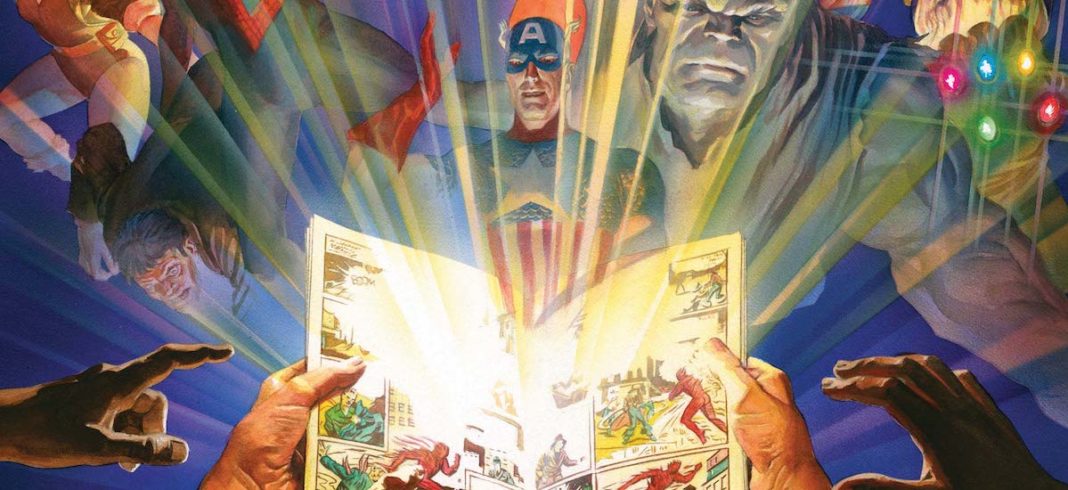
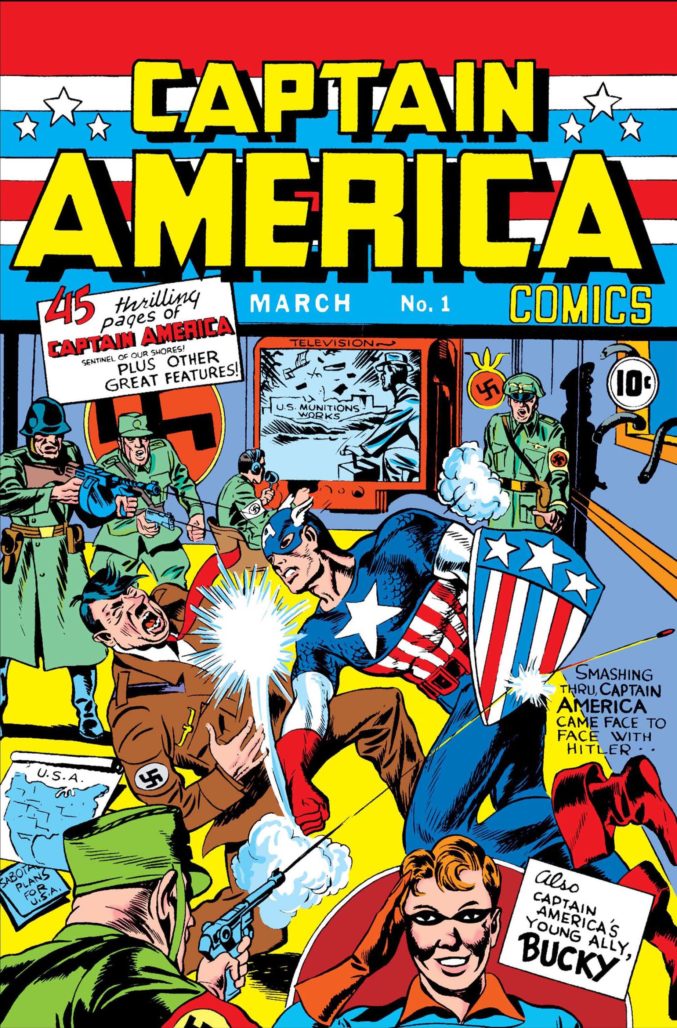 1941
1941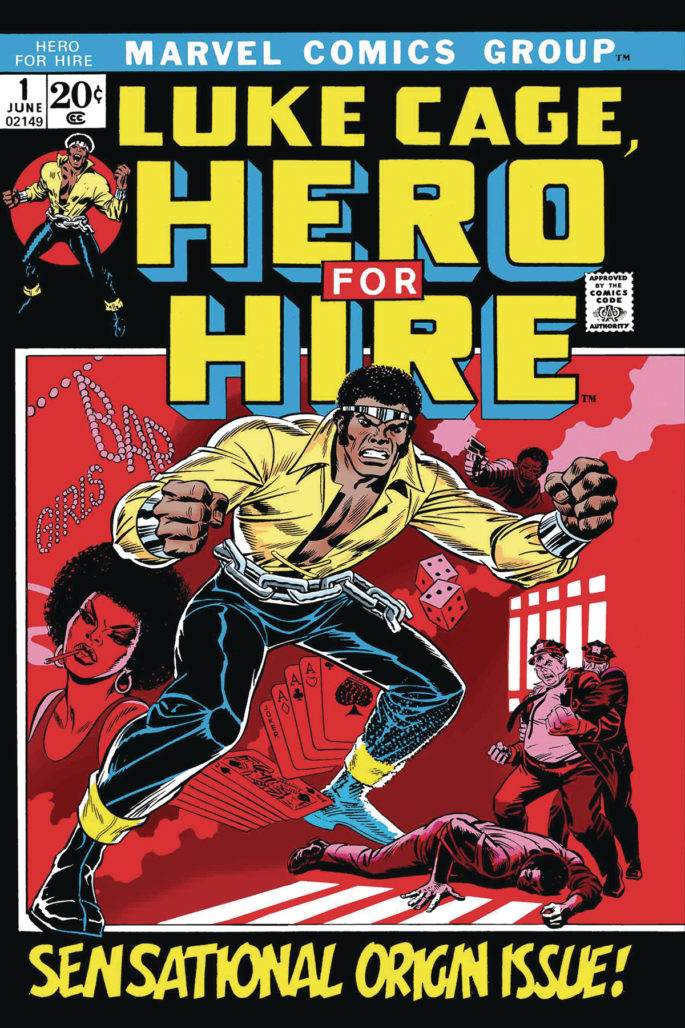
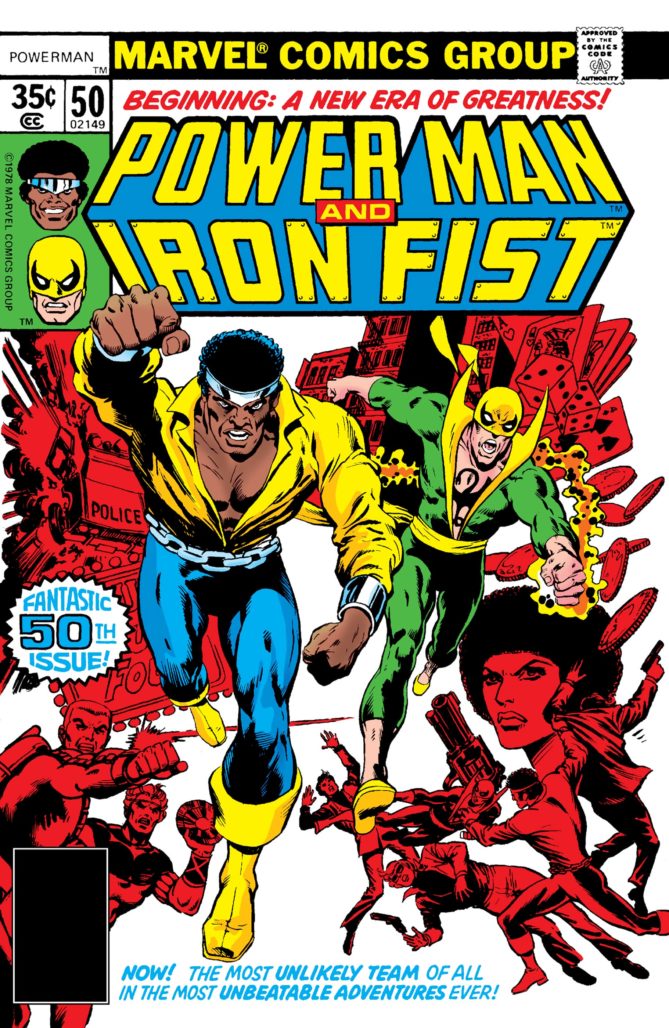
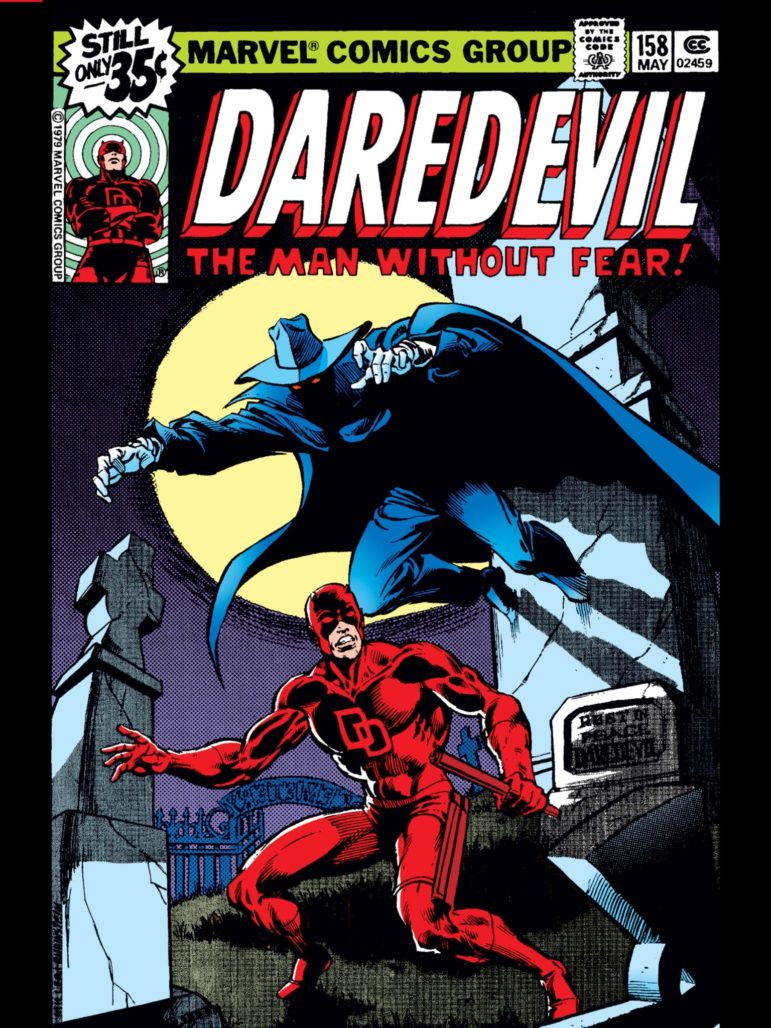 1979
1979 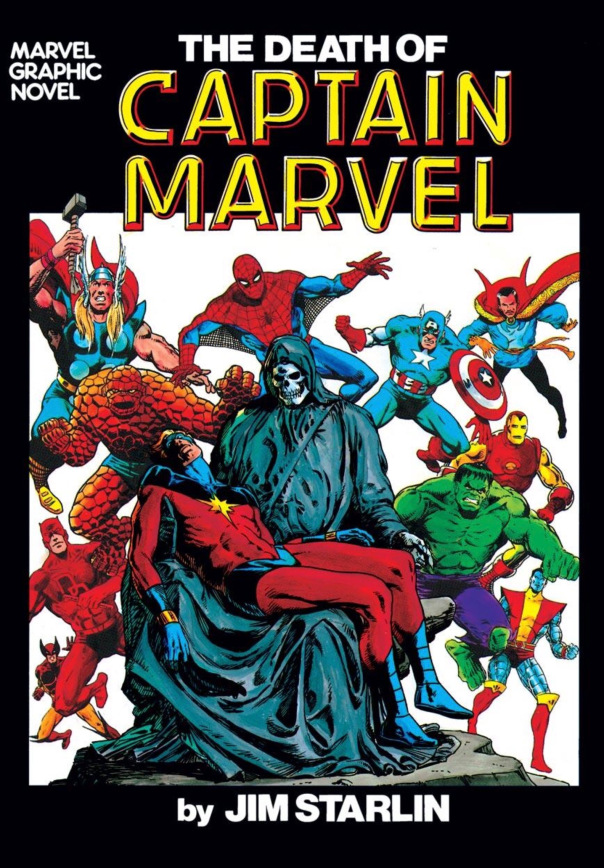 1982
1982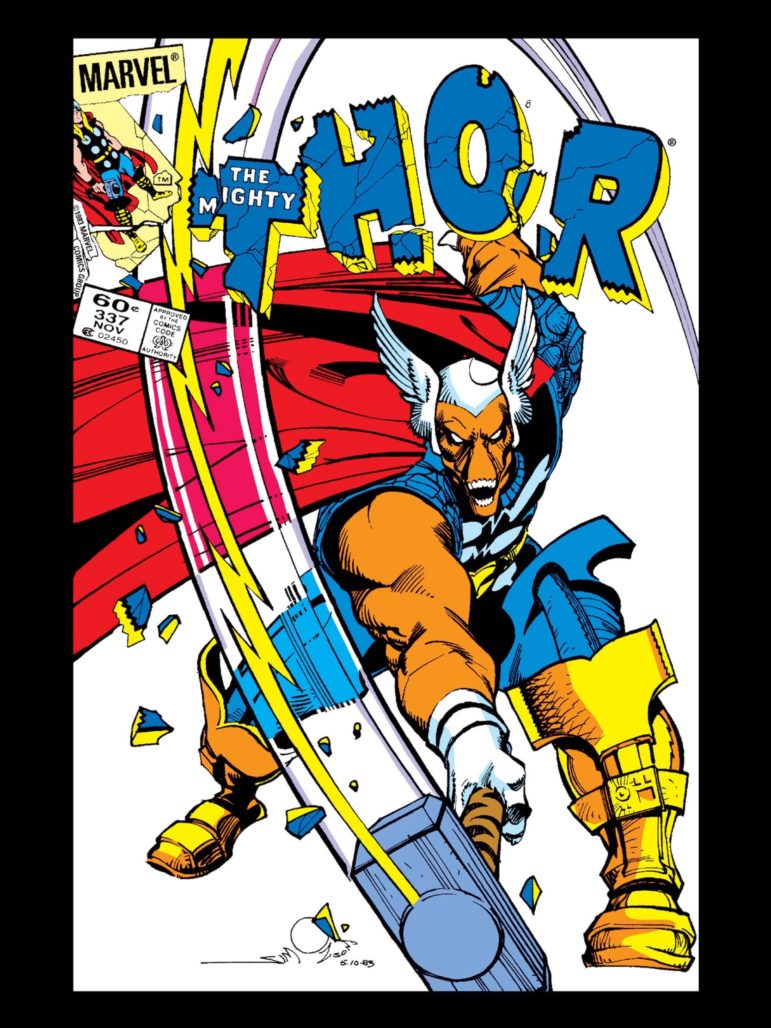 1983
1983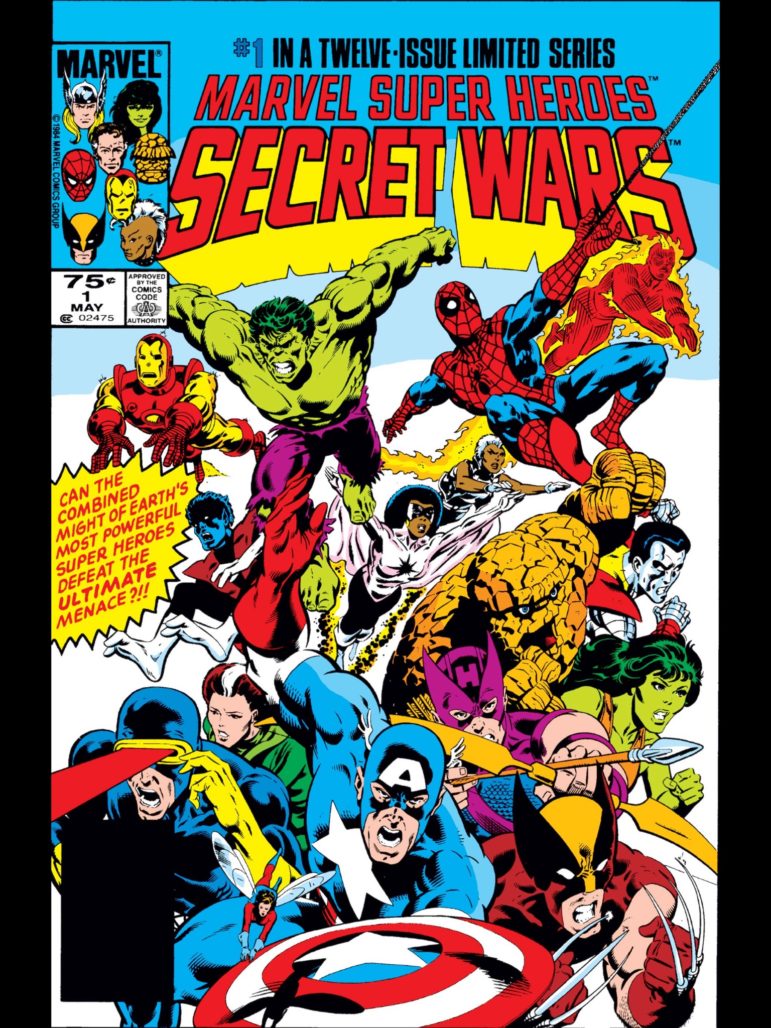 1984
1984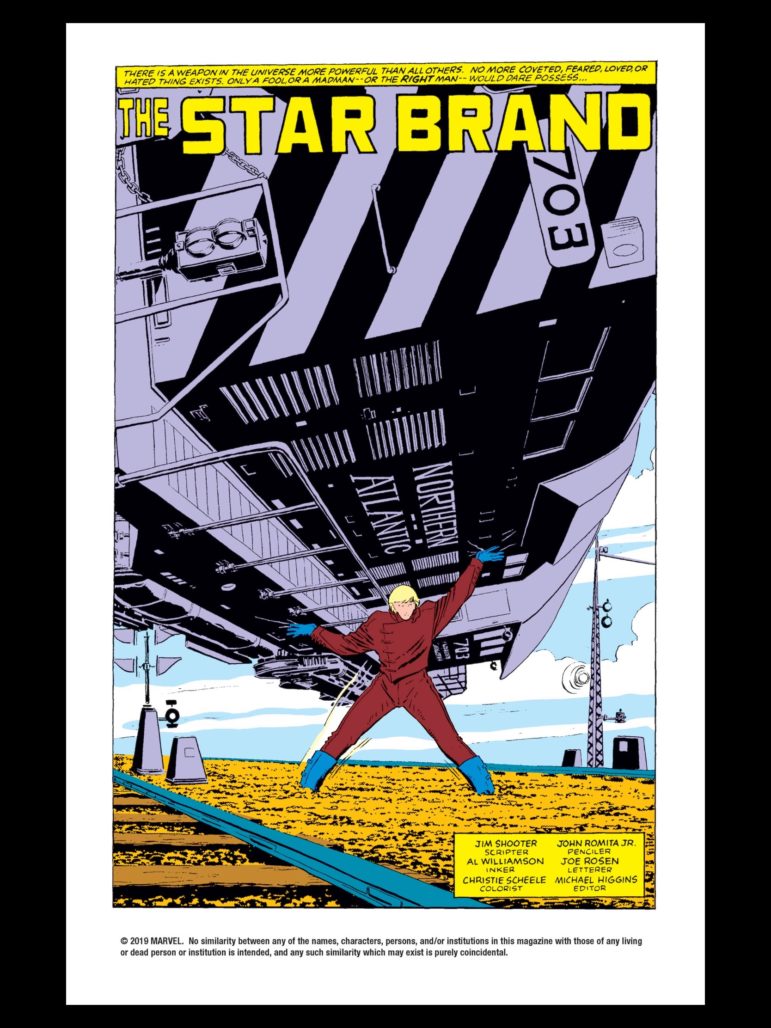 1986
1986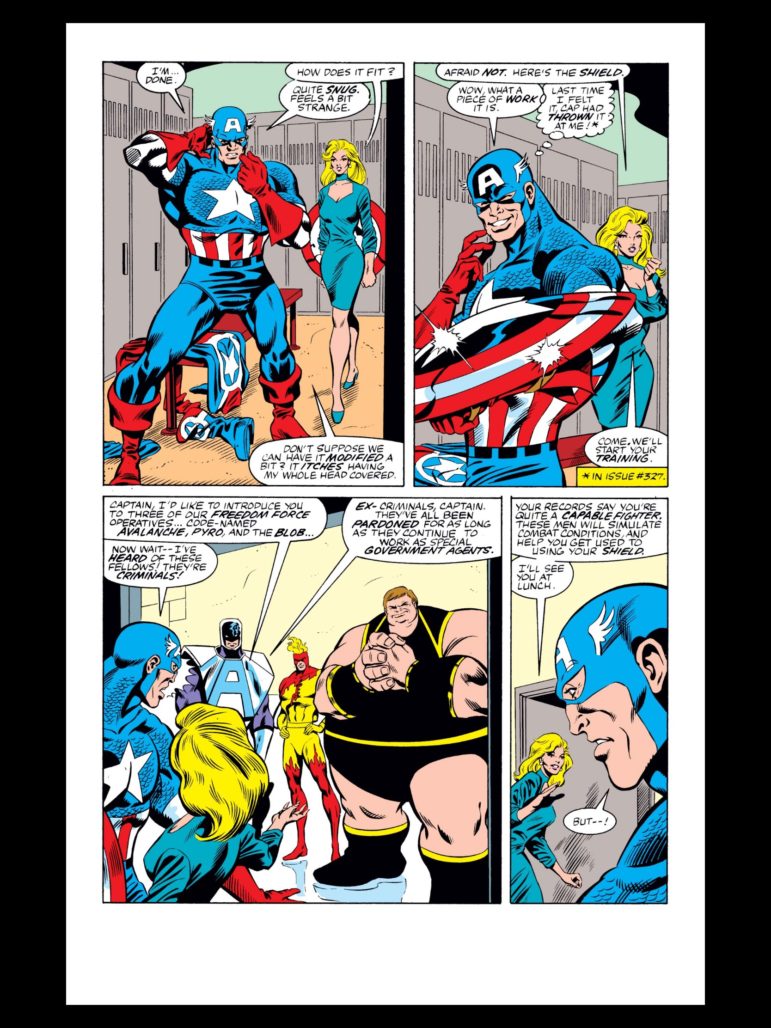 1987
1987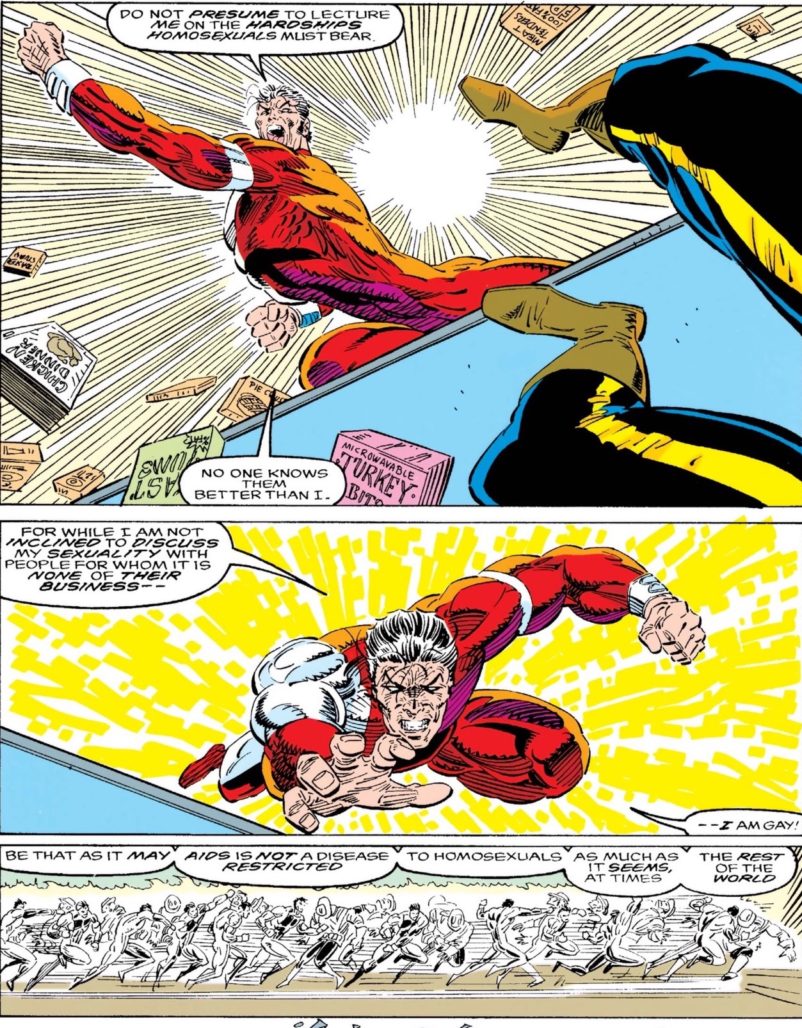 1992
1992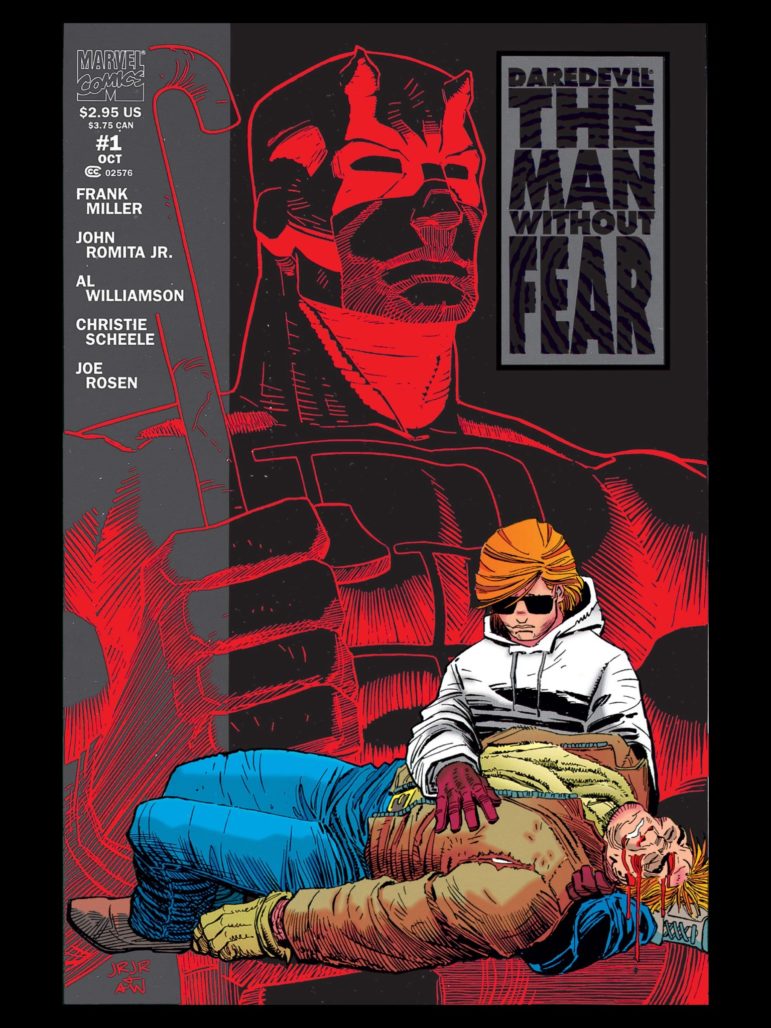 1993
1993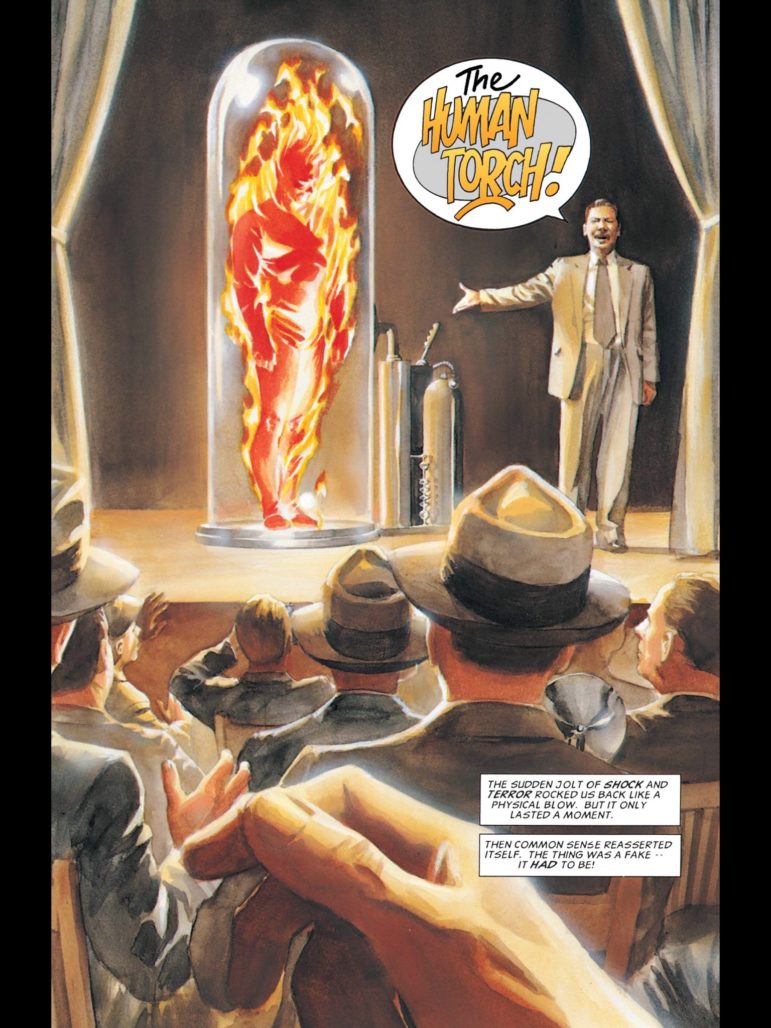 1994
1994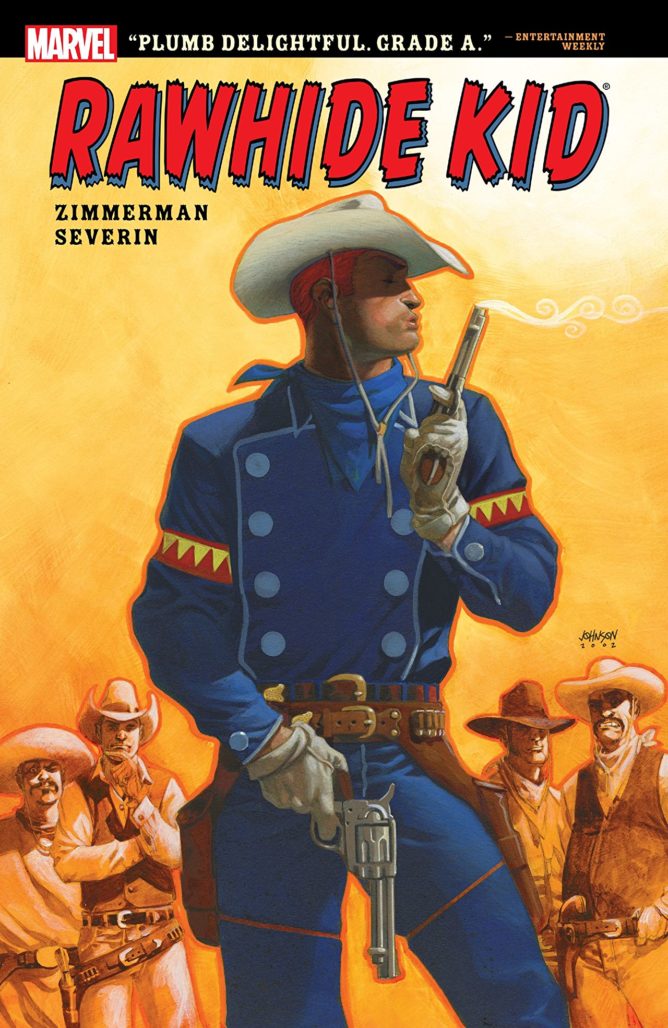 2003
2003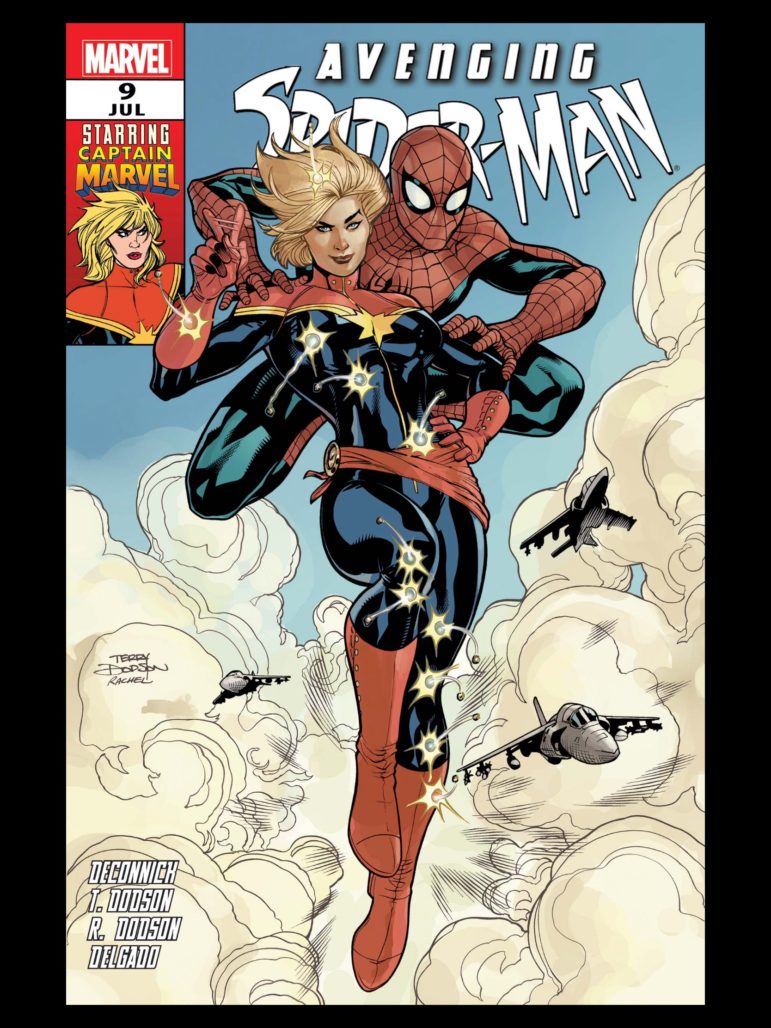 2012
2012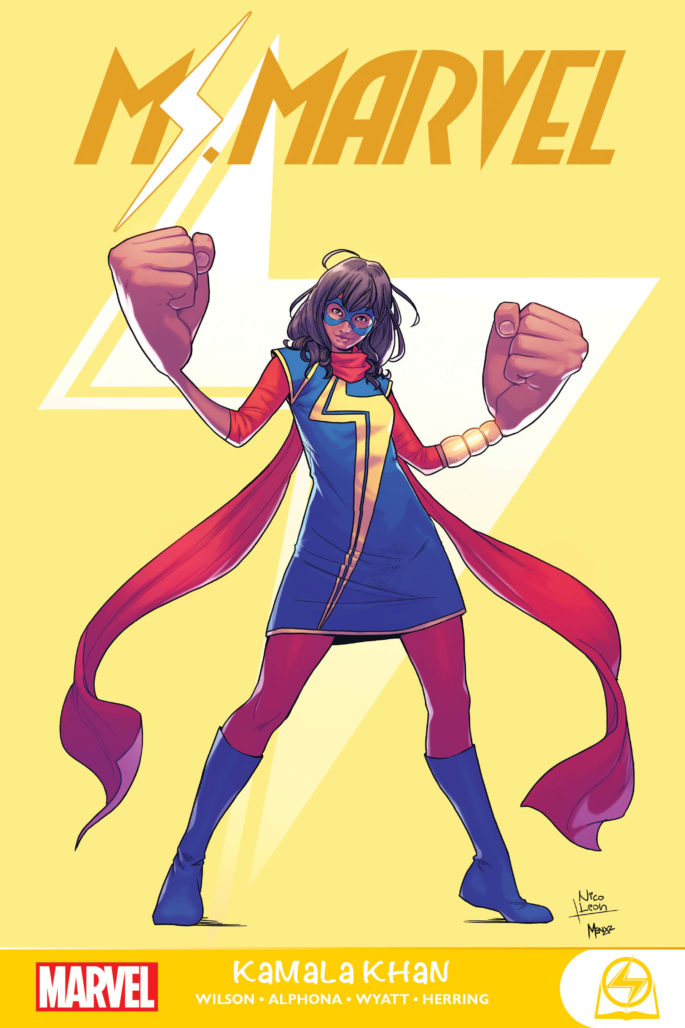 2014
2014 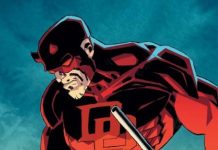

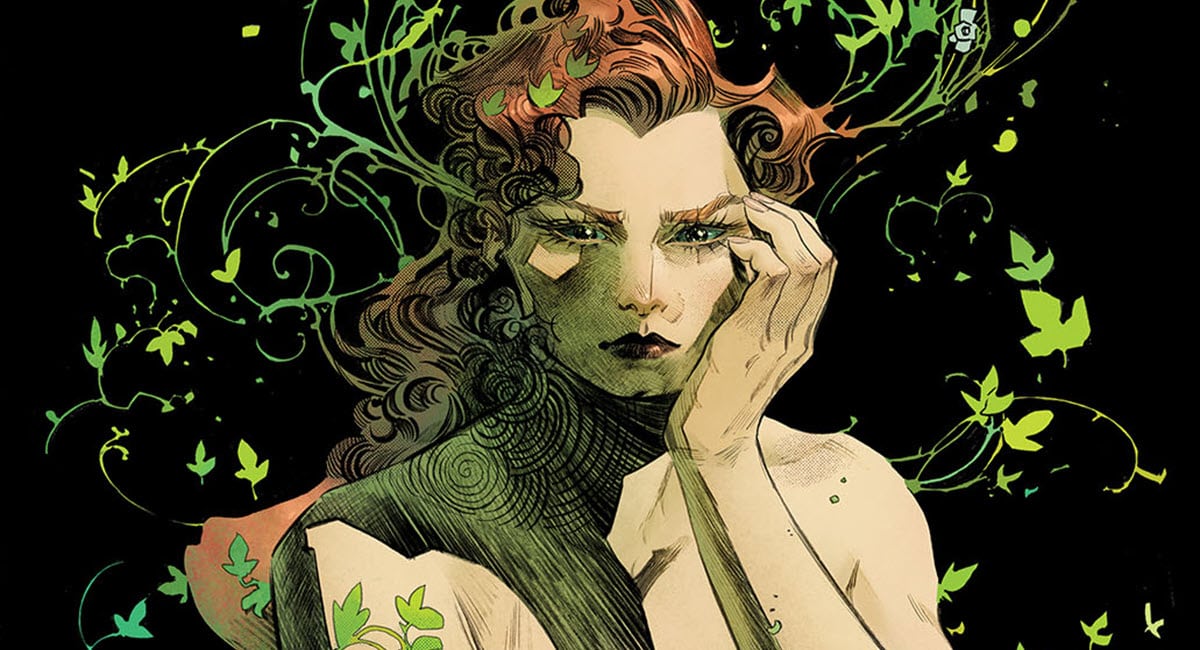



Comments are closed.